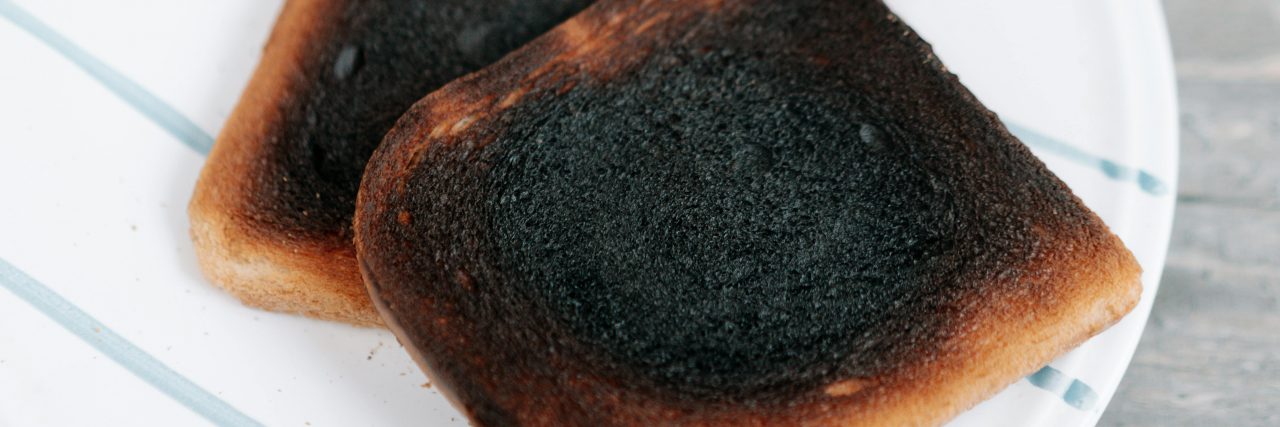Phantom smells—medically known as phantosmia—occur when you perceive an odor that isn’t actually present. These “olfactory hallucinations” can strike one or both nostrils and vary from mildly strange to deeply distressing.
During or after a COVID-19 infection, people frequently report phantom smells like burnt toast, garbage, chemicals, tobacco smoke, or metallic scents. One large study found 37 % of people with COVID-induced smell disorders experienced phantosmia.
Why Do Phantom Smells Happen?
1. COVID-19’s impact on your smell pathway
COVID-19 can damage olfactory receptor neurons, or the processes connecting your nose to your brain. This damage can lead your brain to misinterpret signals—or generate smells without input.
2. Peripheral vs. central origins
Peripheral theory: Olfactory neurons fire incorrectly, producing phantom signals.
Central theory: Brain regions in the olfactory system become overactive or misfire, generating false smells internally.
How Common Is It? Who Is Affected?
About 37 % of those with COVID-related smell disorders report phantom smells. Women and individuals whose olfactory issues fluctuate (not suddenly and completely) are somewhat more likely to experience phantosmia.
Parosmia—distorted smell of genuine odors—often goes hand-in-hand with phantosmia in long COVID cases.
The Emotional and Daily Toll
Phantom smells can deeply affect quality of life, especially for individuals already managing chronic or mental health challenges. The experience can:
-
Reduce appetite or make eating feel alienating
-
Heighten anxiety, nausea, or depressive feelings
-
Disrupt social connection—when food or shared environments become sources of distress
Strategies for Coping
1. Olfactory training
A gentle, lower-cost way to support recovery:
-
Sniff carefully with familiar scents—eucalyptus, lemon, clove, rose—several times a day.
-
Repeat for weeks; many notice gradual improvements over months.
2. Medical options (as appropriate)
-
Intranasal steroids (e.g., fluticasone) may help some—but results vary.
-
Gabapentin or similar medications occasionally help—but side effects require discussion with your provider.
-
Stellate ganglion block, PRP injections, or emerging treatments are under study in clinics.
3. Self‐care and home safety
-
Use smoke and gas detectors to compensate for what your nose can’t reliably detect.
-
Stick to plain, cold, or room-temperature foods, which are less likely to overwhelm you.
-
Lean into comfort routines that appeal to more than just smell, texture, flavor, temperature, and visual presentation.
4. Mental and emotional support
-
Educate those around you about the invisible struggle you’re facing.
-
Seek counseling, peer support, or support groups that validate and address emotional impacts.
Recovery Outlook
Many people gradually recover—especially with olfactory training—with improvements over 6–24 months. Some indicators (like cigarette phantom smells) may help predict longer persistence. Continued research and evolving treatments offer promise; some individuals regain partial smell even after years.
Summary
Living with phantom smells after COVID-19 is disorienting, emotionally exhausting, and physically draining. Yet, understanding its roots and fostering realistic, gentle strategies can be grounding. Whether through smell retraining, medical assistance, safety planning, or emotional support, each step you take is a meaningful one toward achieving balance and healing.
You’re navigating more than just your senses—you’re carrying resilience. That’s profound.

